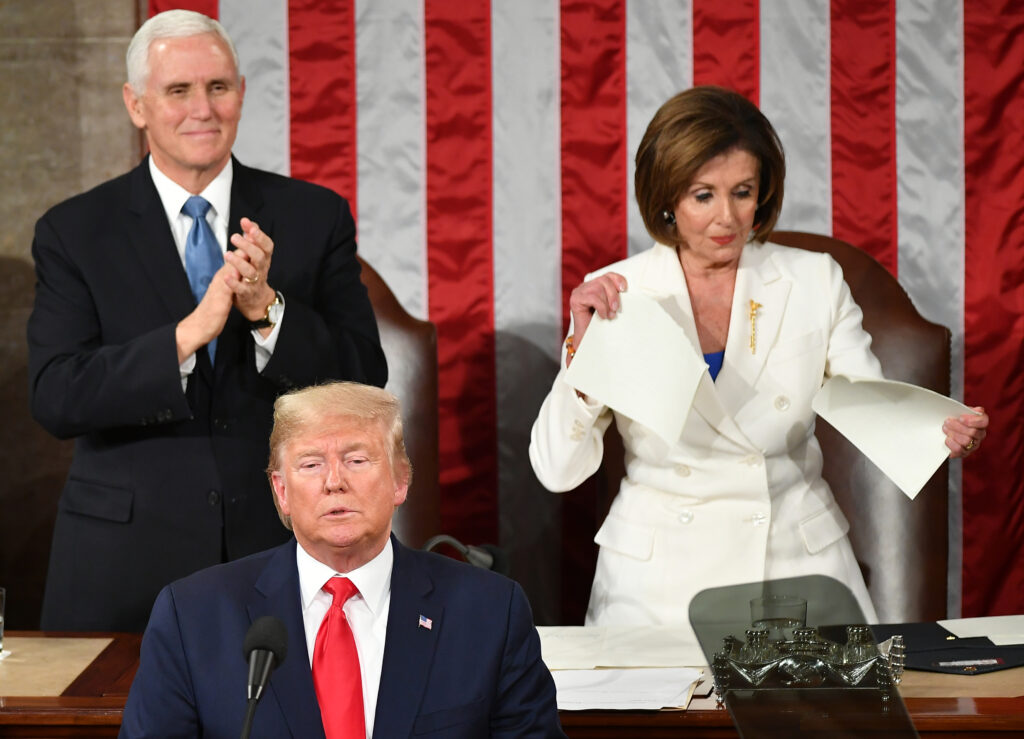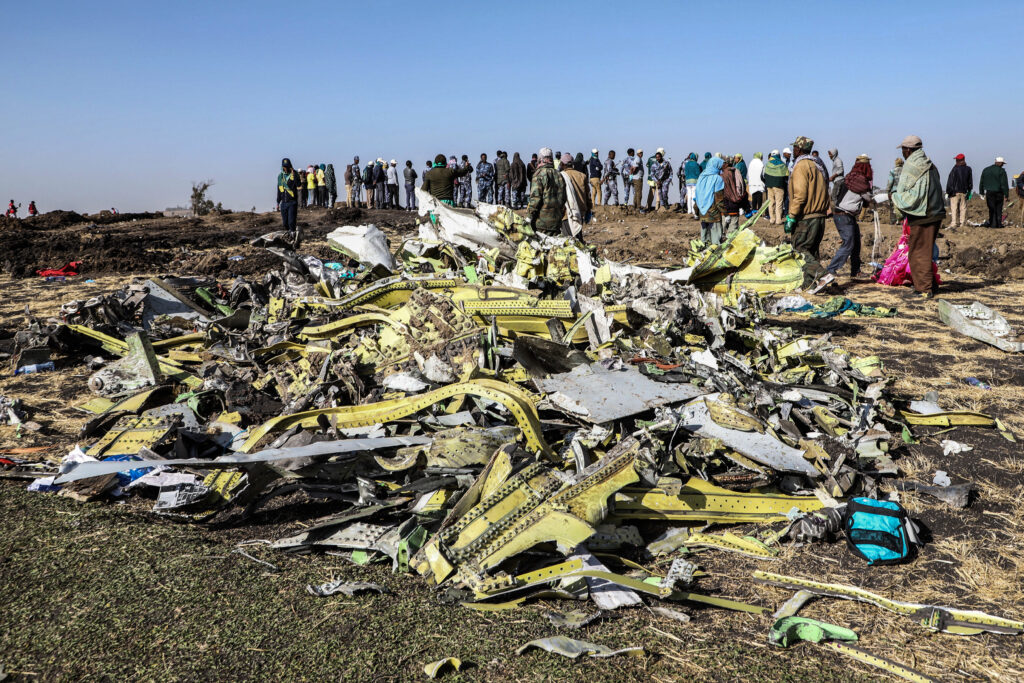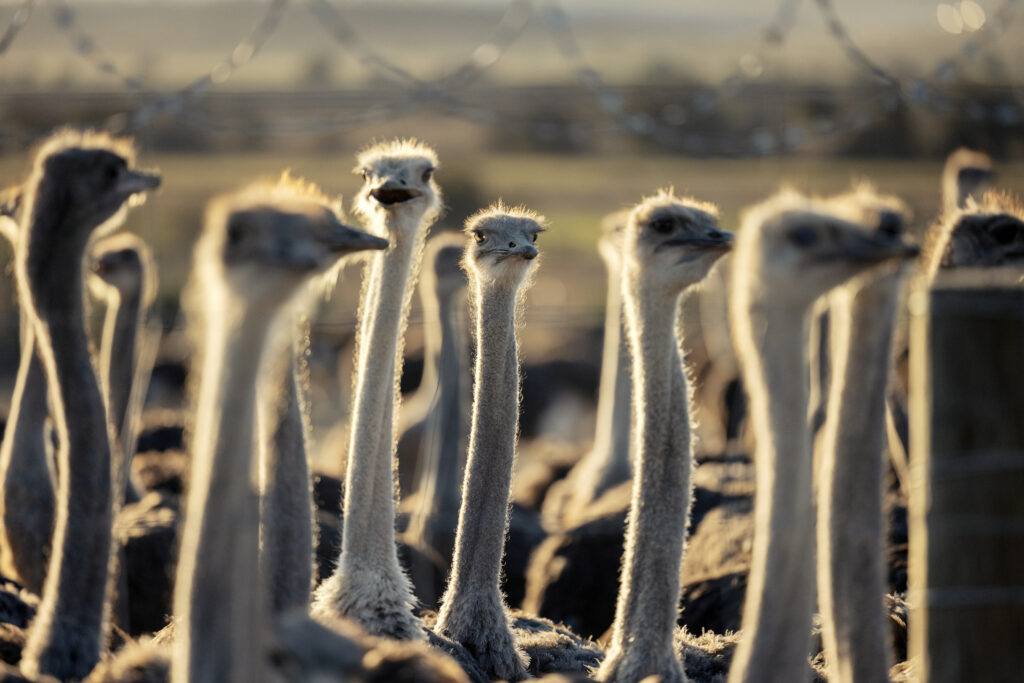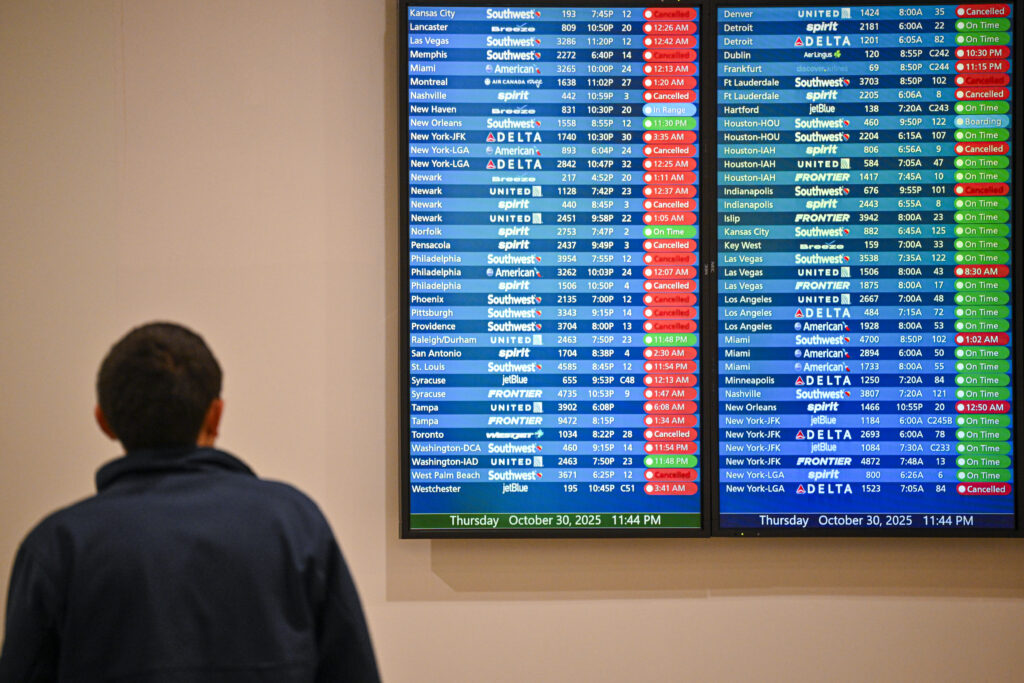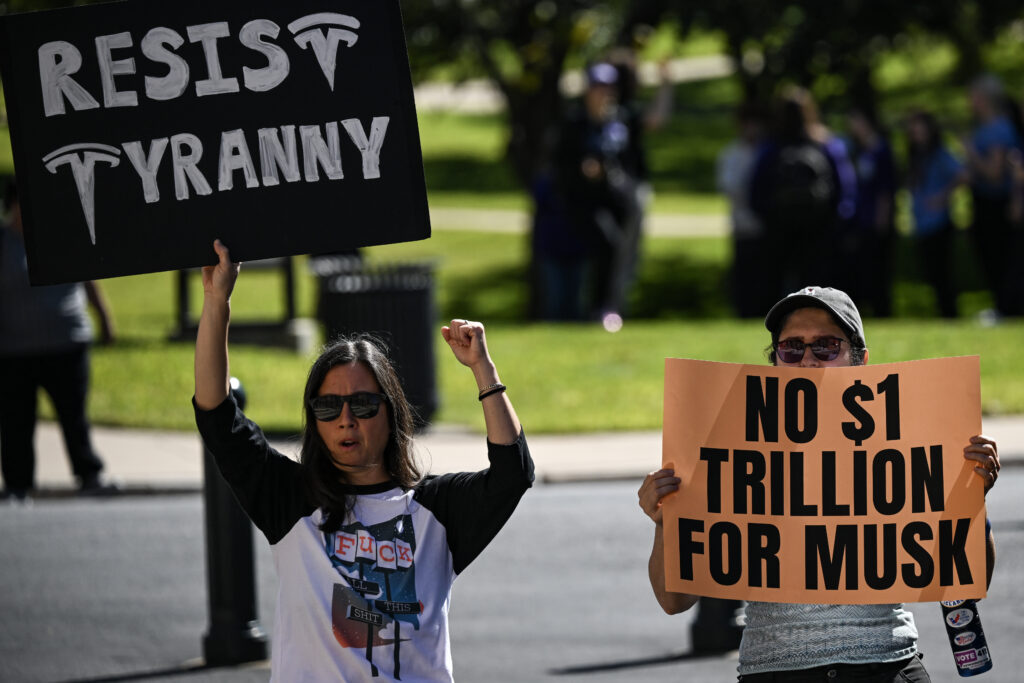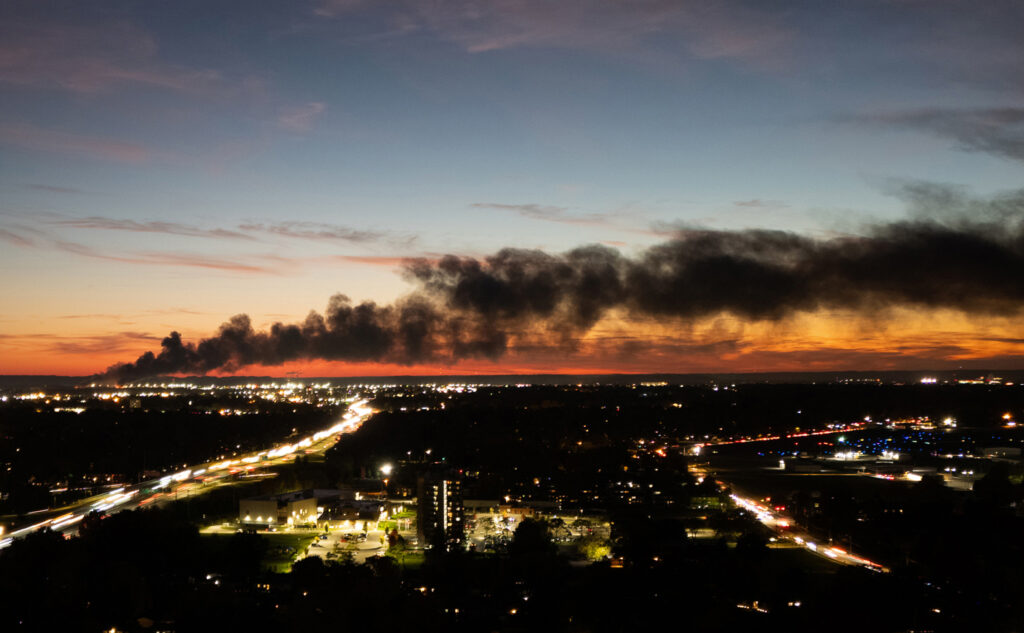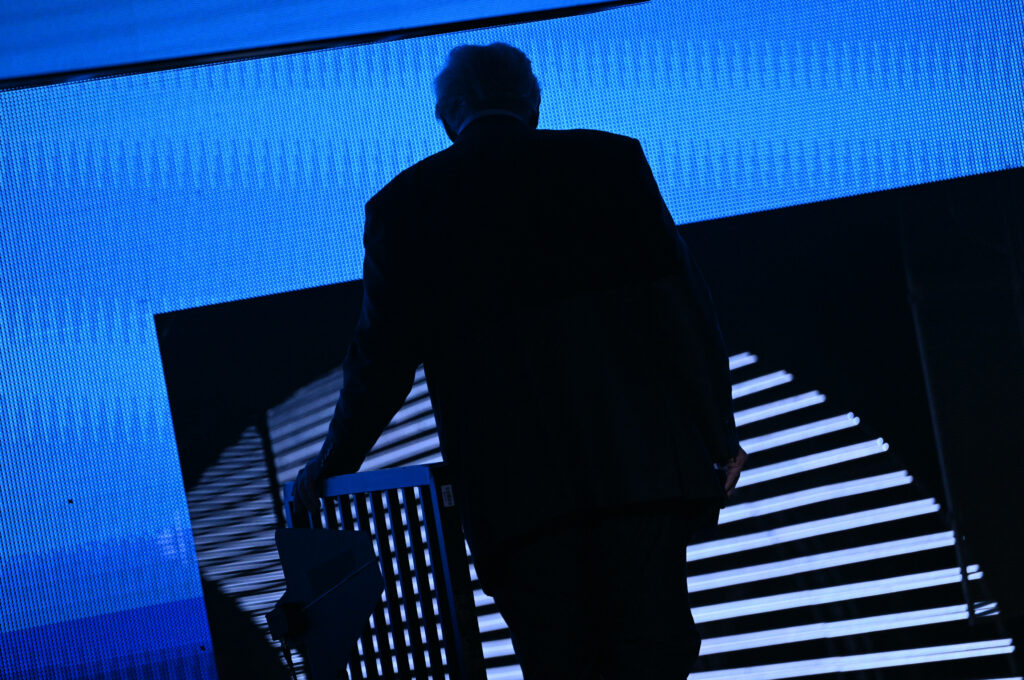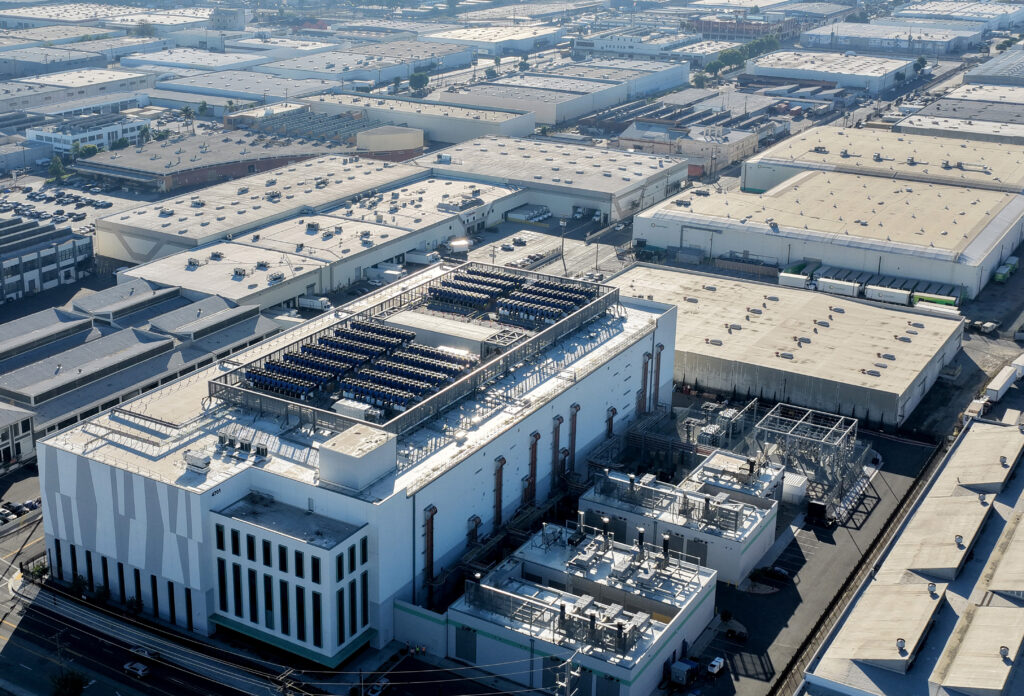Democratic giant, trailblazer and Trump foe Nancy Pelosi to retire
Nancy Pelosi, a towering figure in US politics, a leading Trump foe and the first woman to serve as House of Representatives speaker, announced Thursday that she will step down at the next election.Admired as a master strategist with a no-nonsense leadership style that delivered for her party, the 85-year-old Democrat shepherded historic legislation through Congress as she navigated America’s bitter partisan divide.In later years, she was a fierce adversary of President Donald Trump, twice leading his impeachment and stunning Washington in 2020 when she ripped up a copy of his speech to Congress live on television.”I want you, my fellow San Franciscans, to be the first to know I will not be seeking reelection to Congress,” she said in a video statement pointedly aimed at her hometown constituents.”With a grateful heart, I look forward to my final year of service as your proud representative.”Pelosi — whose term ends in January 2027 — was the first woman to lead a major political party in the US Congress. Despite entering political office later in life, she quickly rose through the ranks to become a darling of liberal West Coast politics and, eventually, one of the most powerful women in US history.She is in her 19th term and has represented her San Francisco-area district for 38 years. But her fame centers on her renowned skills at the national level, leading her party for two decades.As House speaker for eight years, she was second in line to the presidency, after the vice president, including during Trump’s chaotic first term.To Republicans she was emblematic of the excesses of the liberal elite, but lawmakers on all sides admired her ability to corral her fractious caucus through difficult votes, including Barack Obama’s signature Affordable Care Act.While several Republicans took to social media to pay her tribute despite their political differences, Trump’s reaction was less gracious.”I thought she was an evil woman who did a poor job, who cost the country a lot in damages and in reputation. I thought she was terrible,” the president told reporters in the Oval Office.- ‘Tenacity, intellect, strategic acumen’ -The granddaughter of Italian immigrants, Pelosi was born in Baltimore where her father, Thomas D’Alesandro, was a mayor and congressman who schooled her in “retail politics.” Pelosi moved to San Francisco and raised five children with businessman Paul Pelosi before being elected to Congress at age 47.”Nancy Pelosi will be recorded as the greatest speaker in American history, the result of her tenacity, intellect, strategic acumen and fierce advocacy,” said Adam Schiff, a colleague in the California House delegation before he moved up to the Senate.But her status as a hate figure for the right was brought in stark relief when an intruder, apparently looking for the speaker, violently assaulted her husband in the runup to the 2022 midterm elections.And during the 2021 assault on the US Capitol, supporters of then-president Trump ransacked her office, and a crowd baying for blood chanted “Where’s Nancy?” as they desecrated the halls of Congress.Pelosi moved quickly after that to secure the second impeachment of Trump, whom she called the “deranged, unhinged, dangerous president of the United States.”Her legislative achievements include steering through Obama’s key health care reforms as well as massive economic packages after both the 2008 financial crisis and the Covid pandemic.”No matter what title they have bestowed upon me — speaker, leader, whip — there has been no greater honor for me than to stand on the House floor and say, I speak for the people of San Francisco,” Pelosi said.
